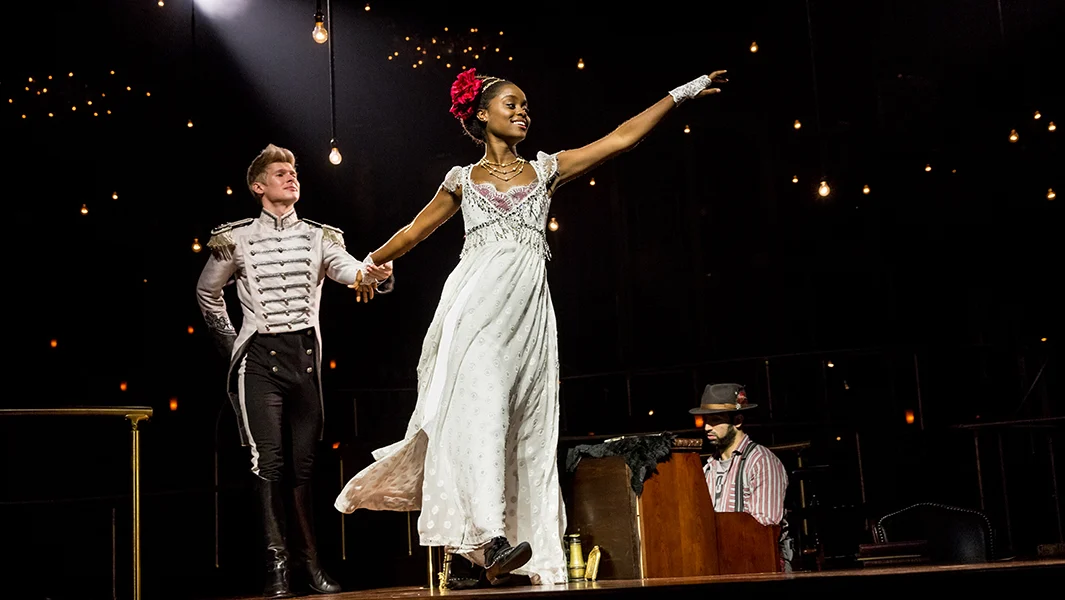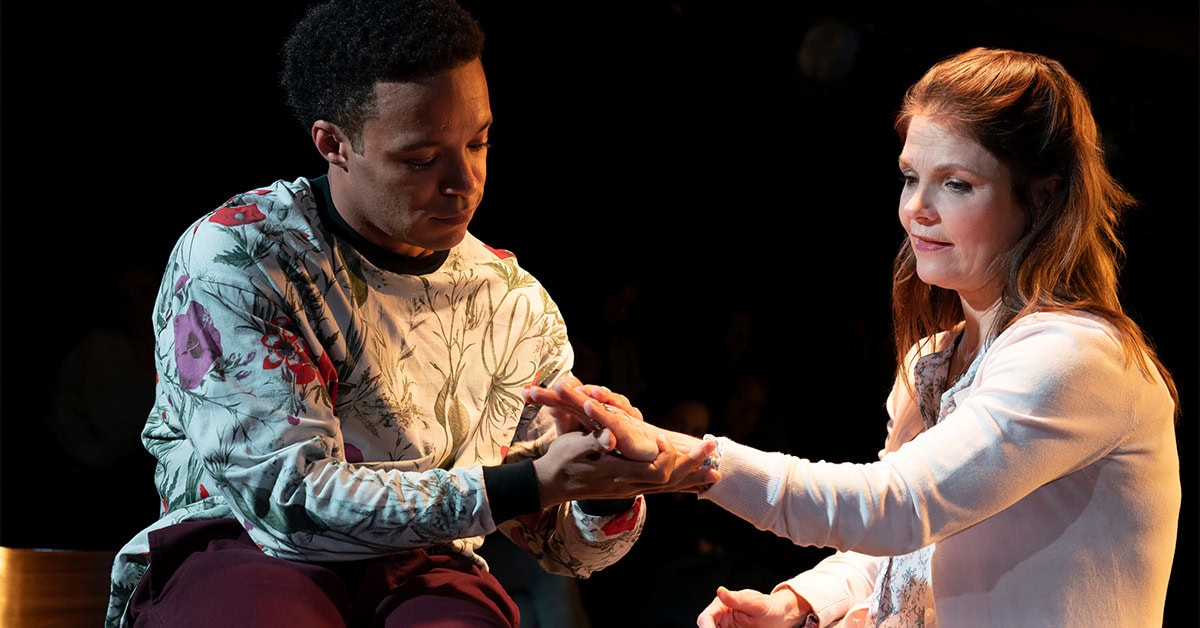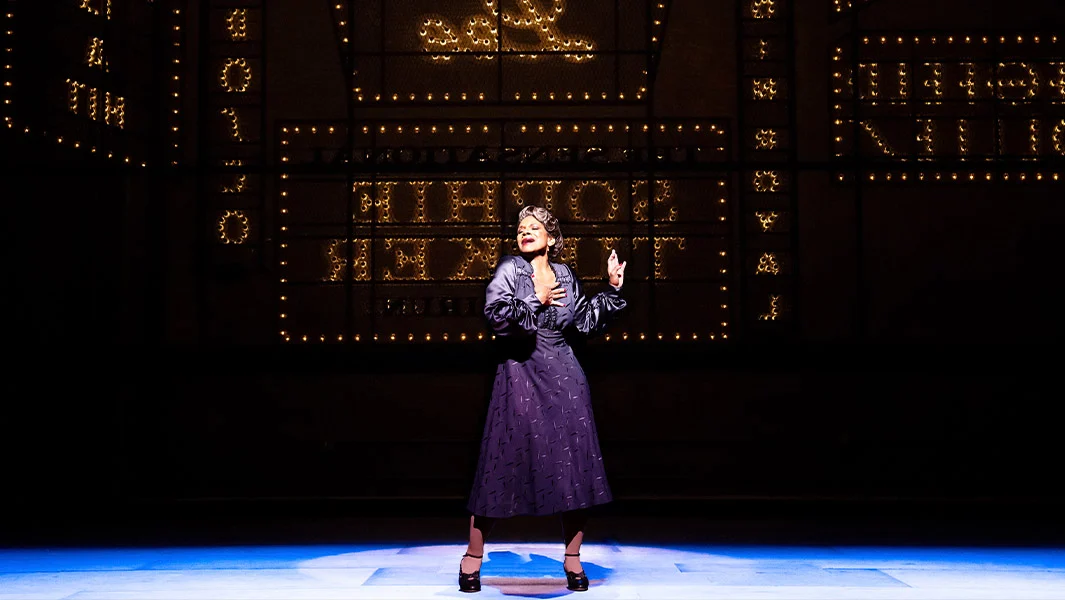
Playwright Rosary O’Neill is having an eventful 2019. On the first Sunday in March she met Jean Pierre Bruneau, head of the France Louisiana Organization, comprised of 300 French nationals who love Louisiana. Jean Pierre Bruneau invited Rosary to lecture about her play Degas in New Orleans and also on Voodoo– a subject on which she just published a book with Rory Schmitt. When in Germany on a Fulbright this coming Fall, Rosary will lecture on Degas in New Orleans in the American Literature Lecture Series and return to Paris for the Degas a L’Opera Expo at the Musee D’Orsay.
Inspired by Degas’ prolific work ethic, Rosary is developing a TV series and a film on Degas (with Rory Schmitt and Carole Bidault de l’Isle, international film producer). This past March, she traveled to Paris, France, to see the works of Edgar Degas in person– paying special attention to the pieces that influenced her historical play. At that time she visited locations that Degas frequented during his lifetime.
Rosary recently granted an exclusive interview where she discussed her time in Paris and her connection to the art of Degas.
Meagan Meehan (MM): When did you first fall in love with the art of Degas?
Rosary O’Neill (RO): I fell in love with Degas’ work when I was 9. He and Renoir were my mother’s favorite painters, and she would show me prints of their work and talk about seeing their paintings in Paris and New York. My Mother spoke French and had studied it for 14 years with the French Ursuline nuns in New Orleans (I did the same with the Religieuses du Sacre Coeur in that city.) Ma’d gotten her Masters in French and English literature at Columbia University, had spent months in Paris and New York with an “old maid” companion. When she and my father took me to Paris and then New York when I was in the 7th grade, we spent hours before Degas’ ballet dancers who seemed to be my age. The pinks, purples, and creams in their tutus and their relaxed, tired and tense faces mesmerized me. The girls waited and watched their stern dance master, leaning on his stick but all seeing from his head. Mama pointed out the different shades of the dancers’ skin and hair, and how Degas tried to capture a glowing beauty through light, much like the rose windows in the cathedrals of France.
MM: When you wrote your play about Degas did you make sure to only include certain works based on the timeline of the piece?
RO: I tried in various scenes to have Degas working on a specific painting that emerged in New Orleans. I lived for several months in places where he lived and wrote from the perspective of seeing the same vistas. I made the conflict in the scene intensified by the difficulty he had with the painting, Edgar’s major problem being he couldn’t paint outdoors because of the intense heat of the tropical sun. Mostly Edgar painted Estelle so I had the character posing when heavily pregnant (Madame Rene de Gas), arranging gladioli in a vase on a spoiled Christmas (Portrait of Estelle), accompanying him on a disastrous visit to her father’s and his uncle’s office, (A Cotton Office). Of course the play begins with Degas’ little niece (10) posing in a tutu like the statue of the Little Girl of 14 Years. Other paintings like The Song Rehearsal, Young Girl in a White Dress, The Invalid, The Nurse, Woman with a Vase of Flowers, Woman Seated on a Balcony inspired a subtext for other scenes. Having lived with an artist/daughter, I’ve observed how a composition might strike her in the midst of something else, and she would stop to capture the light and angle of the scene. Throughout the play, Degas carries a notebook as he did in life never failing to sketch a significant if fleeting impression.
MM: How did you get the opportunity to travel to Paris and study Degas’ work more?
RO: In 1999, I founded and ran my own professional theatre in New Orleans, Southern Rep, when I was asked to write a monologue on Edgar Degas. It was to be performed in conjunction with a symposium on Degas at the New Orleans Museum of Art when the 24 paintings Edgar did in New Orleans would be collected together for the first time for an exhibition there. As I did research, I fell in love with Degas’ New Orleans story which had been unknown and hidden because of a massive family scandal. I wrote for the museum this large cast play (9 characters is large in America), and the play was staged at Southern Rep Theatre and then heralded and performed at the New Orleans Museum of Art as the official play on Edgar Degas in New Orleans.
I met the nieces of Edgar Degas— all very complimentary about the play—who told me as children they had played with wax horses Edgar had made in preparation for his sculptures there. These rested at the foot of the family’s staircase and the children marched the horses up and down not knowing their Uncle Edgar Degas had created them. The family scandal had involved a name change so none of his nieces and nephews used the name Degas or really knew much about him.
My play was published after Hurricane Katrina (2005), which generated much interest in New Orleans. That publication garnered me awards in New York (one of five best women’s plays of the year), residencies in Rome (American Academy of Art), Ireland (Tyrone Guthrie Theatre Centre) and Paris (the Cartoucherie, Irish Cultural Center, the Sorbonne). Four Fulbrights to Paris to study Degas (miraculous right) between 2001 and 2015 allowed me to write a book of narrative nonfiction on Degas. Blind Love: Degas Paints New Orleans (with 540 footnotes) further details Degas’ experience. A film of this story co-written with Rory Schmitt is now in pre-production with Carole Bidault de l’Isle an award-winning producer specializing in international motion pictures.
MM: What have you learned from visiting places Degas was known to frequent in Paris?
RO: I discovered that Degas was one of the most prolific painters of all time (2000 plus pastels alone,) and that more people have copies, prints, lithographs, sketches, small and big oils of his work than of possibly any other French painter. Degas frequented many places of beauty in Paris which are still there for our appreciation: The Opera, Montmartre, Notre Dame, the Sorbonne, Ecole des Beaux Arts, the Louvre, the Place de L’Opera, Comedie Française. Paris is perennially exquisite—you can relish the beauty like a gorgeous dress that always fits.
MM: After doing such extensive research on Degas, what do you think his primary muses were?
RO: Women . . . Love . . . Beauty. ‑ The half-exposed body, the bare shiny arms, the wonderful warmness of the profanity of life. Broadly-stated limbs, outstretched arms with a vaguely underwater feeling, gossamer torsos caught up in light and shade. Women created a raw reality for his paintings. Muses for Degas had to have been actors, dancers, musicians, artists. He wrote to friends while he was in New Orleans about how he missed the opera, theatre, his artists’ friends, and café life. It’s hard for us who live in America to connect with this European camaraderie where friends get together, and talk is of art, where artists paint and sculpt each other. Today at the Rodin Museum in Paris, I saw Sargent’s painting of Rodin and Camille Claudel (Rodin’s mistress) showcased among his artist companions.
The closest thing in NYC to a café would be a diner. New Orleans has cafes but for daytime visits. They don’t serve wine or offer seats for watching passers-by and discussing art. But the muse for Degas was women, art, the nightlife . . . In Reconstruction New Orleans the theatres, opera, and symphony were closed. People were packed together in rental properties, terrified of the harshness of life in the streets and violence that erupted everywhere.
MM: Looking at the work he created after leaving New Orleans, do you think the city left an impact on his work that could be overlooked?
RO: Never. New Orleans haunted him. It was the city of his mother who died young. The city of his pretty cousins who visited and stayed with his family during the Civil War. The city that his brothers failed to save. Their dealings in the
cotton business bankrupted his father, sent him to prison, and caused him to die in disgrace.
Edgar chose pastels because they were the quickest art form. He had to sell one pastel after another to get his father out of jail. A rich privileged young man, Degas lived on the verge of disaster, selling furniture clothing all because of New Orleans. Ironically, his 24 paintings there were sad, haunted, provocative. His artwork got more beautiful to defy the harshness and the brutality of life. There is a patina of beauty always in his work in New Orleans. Over the agony (as in A Cotton Office painted of his uncle’s office) shines a still intact group of men waiting in hope.
After New Orleans, there was no room for deviation for Edgar. If his experience had been better, he might have married, remained there, or become lazy. New Orleans was good for Edgar’s ambition because of the pain she inflicted. He realized a great artist has no room for a personal life. His complex indoor paintings reflect the whole sinister yet mesmerizing experience of love and loss. Catastrophe was the New Orleans experience and right after it, Edgar returned to Paris organizing the first Impressionist Exhibition, fully claiming his French heritage, and saying, “I am almost a Son of Louisiana.”
_
For more from Rosary O’Neill, click here

College Theatre: Picks for Your 2025/26 Season

Unlikely Friendships in Plays


